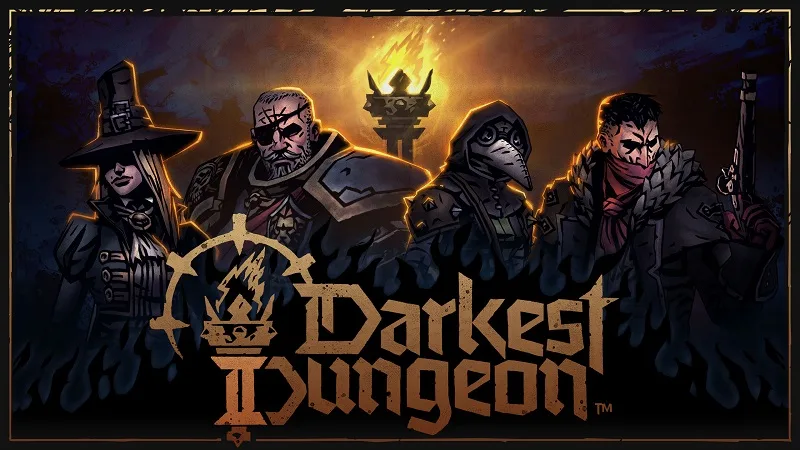
Darkest Dungeon Mobile Game Review
Darkest Dungeon is a challenging gothic roguelike turn-based RPG developed and published by Red Hook Studios. The game was initially released for Microsoft Windows and OS X in January 2016, and later, it was ported to various other platforms, including PlayStation, Xbox, Nintendo Switch, and mobile devices. The mobile version of Darkest Dungeon brings the same intense and punishing gameplay to the smaller screen, allowing players to experience the dark and brooding world wherever they go. This game stands out due to its unique blend of psychological stress mechanics and traditional dungeon crawling, offering players a deep and immersive experience.
In Darkest Dungeon, players manage a roster of heroes to explore dungeons beneath an inherited mansion. The game’s core focus is on the stress and mental afflictions that the characters suffer as they venture deeper into the dark and treacherous environments. The game’s distinctive art style, coupled with its atmospheric soundtrack, creates a foreboding and immersive experience that challenges players to make strategic decisions under pressure.
Game Plot
The plot of Darkest Dungeon revolves around a narrative of horror and tragedy. Players inherit a mansion from a relative who has succumbed to madness after delving into dark and forbidden rituals. As the new owner, the player must explore the depths of the mansion and its surrounding areas to purge the evil that has been unleashed. The storyline is presented through the ominous voice of the narrator, who provides a grim commentary on the player’s actions and the events that unfold.
Throughout the game, players will encounter various grotesque and nightmarish creatures that inhabit the dungeons. The heroes recruited to combat these horrors each have their own strengths, weaknesses, and potential for mental breakdowns. As players progress, they uncover the dark secrets of the mansion and the terrible truths behind the evil that lurks within. The plot is deeply intertwined with the game’s mechanics, as the psychological trauma experienced by the characters mirrors the grim and oppressive atmosphere of the narrative.
Game Mechanics
Darkest Dungeon’s mechanics are a blend of traditional RPG elements and unique stress management systems. Players manage a roster of heroes, each with specific skills and abilities, and send them on expeditions into procedurally generated dungeons. The turn-based combat requires careful planning and strategy, as enemies can inflict both physical and psychological damage.
The stress mechanics are central to the gameplay, with characters accumulating stress points during their adventures. High stress levels can lead to negative afflictions or, conversely, rare moments of heroism. Managing stress is crucial, as characters can suffer from paranoia, fear, and other debilitating conditions. These mechanics add a layer of complexity and realism, making each decision and encounter feel significant.
Why Darkest Dungeon Seems So Difficult
Darkest Dungeon is notorious for its difficulty, and several factors contribute to this perception. Firstly, the permadeath feature means that when a character dies, they are gone for good, which can be a significant setback for players who have invested time and resources into developing their heroes. This adds a high-stakes element to every expedition, as losing a key character can dramatically impact the player’s progress.
Secondly, the stress mechanics add another layer of challenge. Managing the mental health of heroes is just as important as keeping them physically healthy. The stress system is unforgiving, and once a hero’s stress level reaches a critical point, they can develop afflictions that negatively impact their performance. This mechanic forces players to think strategically about their actions and decisions, as the consequences of high stress can be severe.
Thirdly, the game’s combat system is designed to be punishing. Enemies are often strong and can deal significant damage, requiring players to carefully plan their moves and manage their resources. The turn-based combat requires a deep understanding of each hero’s abilities and the enemy’s weaknesses, making every battle a tactical challenge.
Finally, the procedural generation of dungeons ensures that no two expeditions are the same. This randomness means that players must always be prepared for the unexpected, as the layout of dungeons and the enemies they encounter can vary greatly. This unpredictability adds to the overall difficulty and requires players to adapt their strategies constantly.
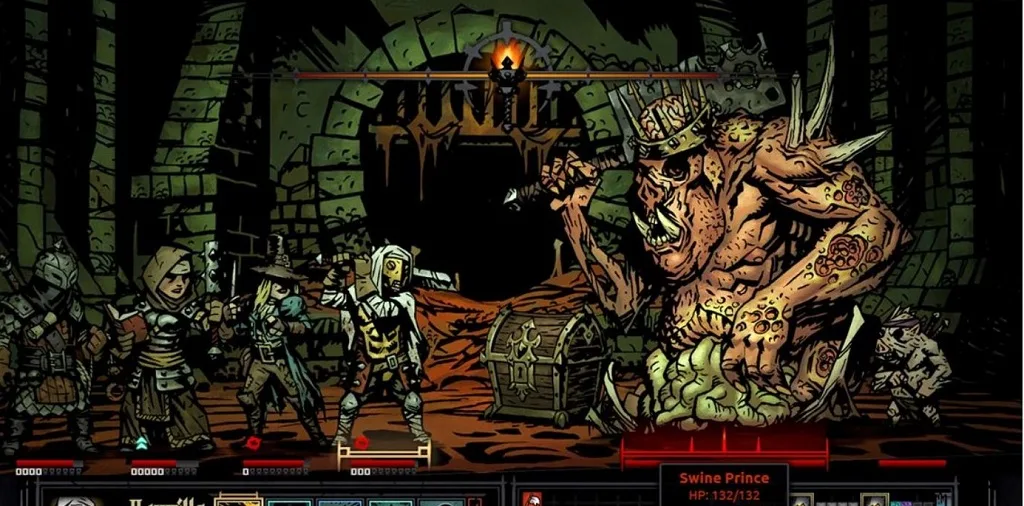
How the Game Was Accepted by the Players
Darkest Dungeon received critical acclaim upon its release, with praise directed towards its unique mechanics, atmospheric presentation, and challenging gameplay. Players appreciated the depth and complexity of the game, as well as the way it handled themes of stress and psychological trauma. The game’s art style and narrative were also highlighted as strong points, contributing to an immersive and engaging experience.
The community around Darkest Dungeon is passionate and dedicated, with many players enjoying the challenge and strategic depth the game offers. The game’s difficulty is often cited as a positive aspect, as it provides a sense of accomplishment when players overcome its numerous challenges. The support from the developers, including regular updates and expansions, has also been well-received, keeping the game fresh and engaging for long-term players.
Despite its difficulty, Darkest Dungeon has built a loyal following, with players drawn to its unique take on the RPG genre and its dark, brooding atmosphere. The game has become a benchmark for challenging and innovative game design, influencing other titles in the genre.
How Often It Is Updated
Darkest Dungeon has seen a steady stream of updates and expansions since its initial release. The developers at Red Hook Studios have been committed to improving and expanding the game, adding new content, features, and balancing adjustments based on player feedback. This ongoing support has helped maintain the game’s popularity and engagement within the community.
Updates have included significant expansions, such as “The Crimson Court” and “The Color of Madness,” which introduced new areas, enemies, and gameplay mechanics. These expansions have added depth and variety to the game, keeping it fresh and challenging for veteran players. Regular patches and updates have also addressed bugs and balance issues, ensuring a smooth and enjoyable experience.
The mobile version of Darkest Dungeon benefits from these updates as well, with content parity across platforms. This commitment to regular updates has cemented Darkest Dungeon’s reputation as a well-supported and evolving game, offering players new challenges and experiences long after the initial release.
Game Bestsellers
-
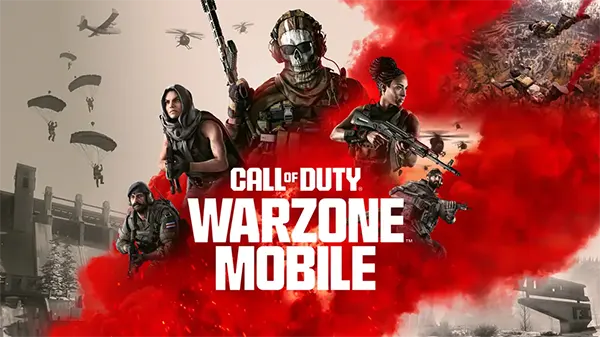 Call of Duty: Warzone Mobile Performance Analysis Across Modern Dev...
Call of Duty: Warzone Mobile Performance Analysis Across Modern Dev...Call of Duty: Warzone Mobile has become one of the …
-
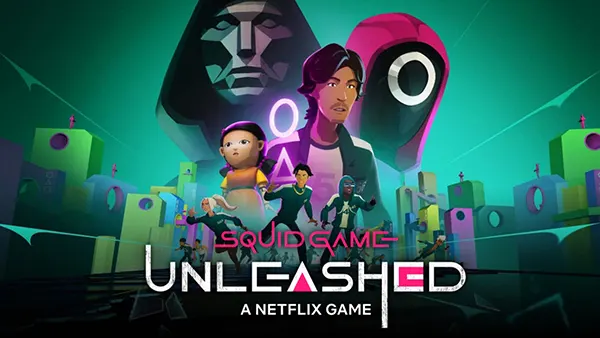 Squid Game: Unleashed — A Mobile Battle-Royale Inspired by the Hit ...
Squid Game: Unleashed — A Mobile Battle-Royale Inspired by the Hit ...Squid Game: Unleashed is one of the most anticipated mobile …
-
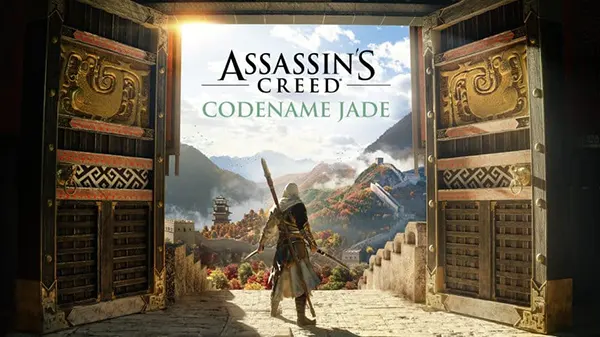 Assassin’s Creed Jade — A New Chapter in the Assassin’s Universe
Assassin’s Creed Jade — A New Chapter in the Assassin’s UniverseAssassin’s Creed Jade marks an important step for Ubisoft as …
